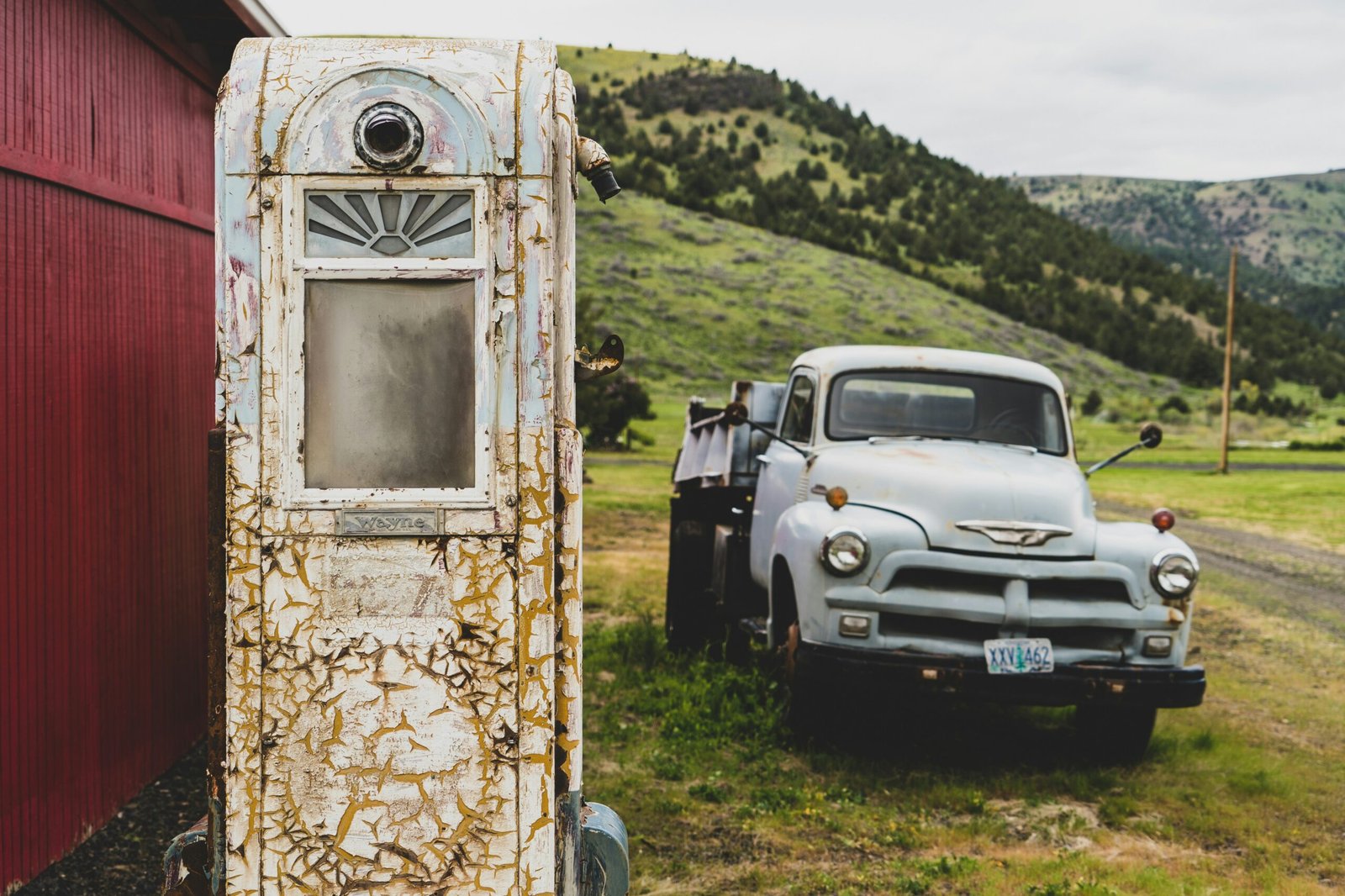The Joy of Classic Car Restoration Projects
Classic car restoration projects are a labor of love for many enthusiasts. The process of bringing an old, neglected vehicle back to its former glory is a rewarding experience that combines craftsmanship, creativity, and a deep appreciation for automotive history. Whether you are a seasoned restorer or a beginner looking to embark on your first project, classic car restoration can be a fulfilling and exciting endeavor.
Choosing the Right Project
When it comes to classic car restoration, choosing the right project is crucial. It’s important to consider your skill level, budget, and the availability of parts and resources. While some people may prefer to start with a complete car that needs minimal work, others may enjoy the challenge of a more extensive restoration.
Before diving into a restoration project, it’s essential to do your research. Understand the history and value of the car you are considering, as well as the availability of replacement parts. This will help you make an informed decision and avoid any surprises along the way.
The Restoration Process
Classic car restoration typically involves several stages, each requiring different skills and techniques. Here are the key steps involved in the restoration process:
1. Evaluation and Planning
The first step in any restoration project is to evaluate the condition of the car and create a detailed plan. This involves inspecting the body, engine, interior, and electrical components to determine the extent of the work required. Taking photographs and documenting the car’s original features can be helpful during the restoration process.
2. Stripping and Cleaning
Once you have a plan in place, the next step is to strip the car down to its bare frame. This involves removing the interior, trim, and any damaged or rusted parts. Cleaning the car thoroughly is essential to prepare it for repairs and painting.
3. Repair and Replacement
Repairing and replacing damaged or worn-out parts is a critical part of the restoration process. This may involve welding, bodywork, and sourcing original or aftermarket parts. Attention to detail is crucial to ensure that the car retains its authenticity and originality.
4. Painting and Finishing
Applying a fresh coat of paint is often one of the most visually rewarding aspects of a restoration project. Choosing the right color and finish is important to maintain the car’s original appearance. Additionally, reupholstering the interior and restoring the dashboard and other components will give the car a polished look.
5. Assembly and Testing
Once all the repairs and finishing touches are complete, it’s time to assemble the car and test its functionality. This includes reinstalling the engine, transmission, and other mechanical components. Thorough testing ensures that the car is safe and roadworthy.
The Rewards of Classic Car Restoration
While classic car restoration projects can be time-consuming and require a significant investment of resources, the rewards are well worth it. Here are some of the benefits you can expect:
1. Preserving Automotive History
By restoring a classic car, you are preserving a piece of automotive history. These vehicles are a testament to the craftsmanship and design of a bygone era. Restoring and maintaining them ensures that future generations can appreciate and enjoy these automotive treasures.
2. Personal Satisfaction
Completing a classic car restoration project provides a sense of personal satisfaction and accomplishment. Seeing the transformation from a neglected car to a beautifully restored vehicle is incredibly fulfilling. It’s a testament to your skills, dedication, and passion for classic cars.
3. Building a Community
The world of classic car restoration is filled with passionate individuals who share a love for vintage automobiles. Engaging in restoration projects allows you to connect with like-minded enthusiasts, attend car shows and events, and build a network of fellow classic car lovers.
4. Potential Financial Gain
While not the primary motivation for most classic car restorers, it’s worth noting that a well-executed restoration can increase the value of a vintage vehicle. A meticulously restored classic car can fetch a higher price if you decide to sell it in the future.
Conclusion
Classic car restoration projects are a labor of love that offer a unique blend of creativity, craftsmanship, and historical preservation. Whether you are a seasoned restorer or a beginner, restoring a classic car can be a deeply rewarding experience. The process may be challenging at times, but the end result is a beautifully restored vehicle that brings joy and admiration to all who see it.
